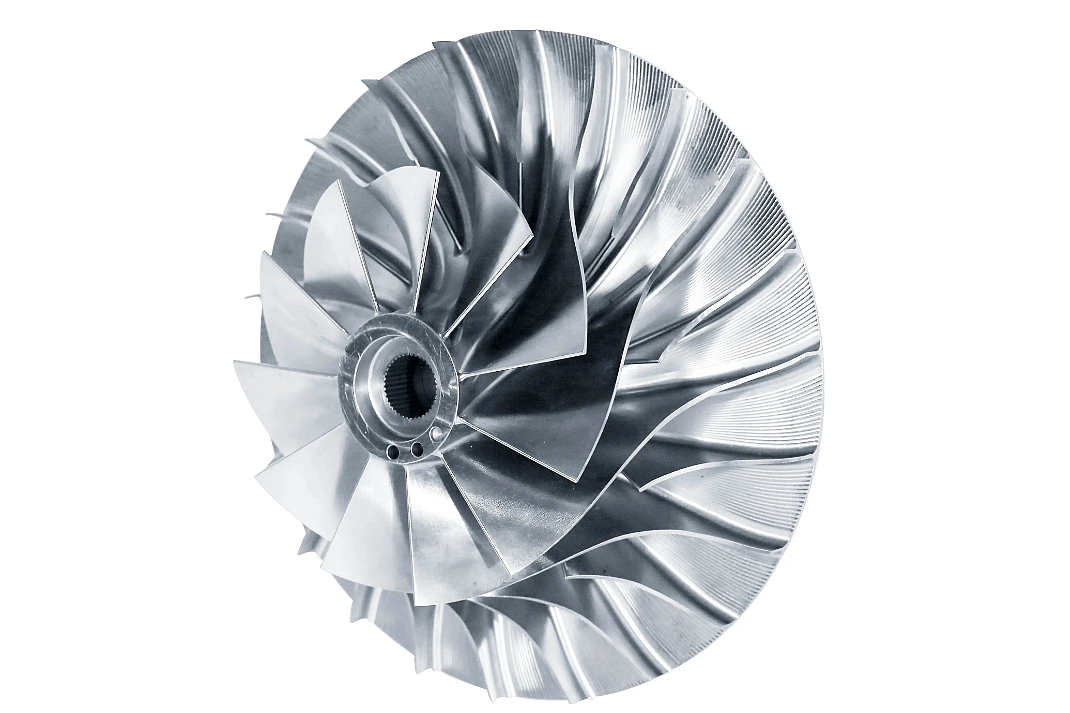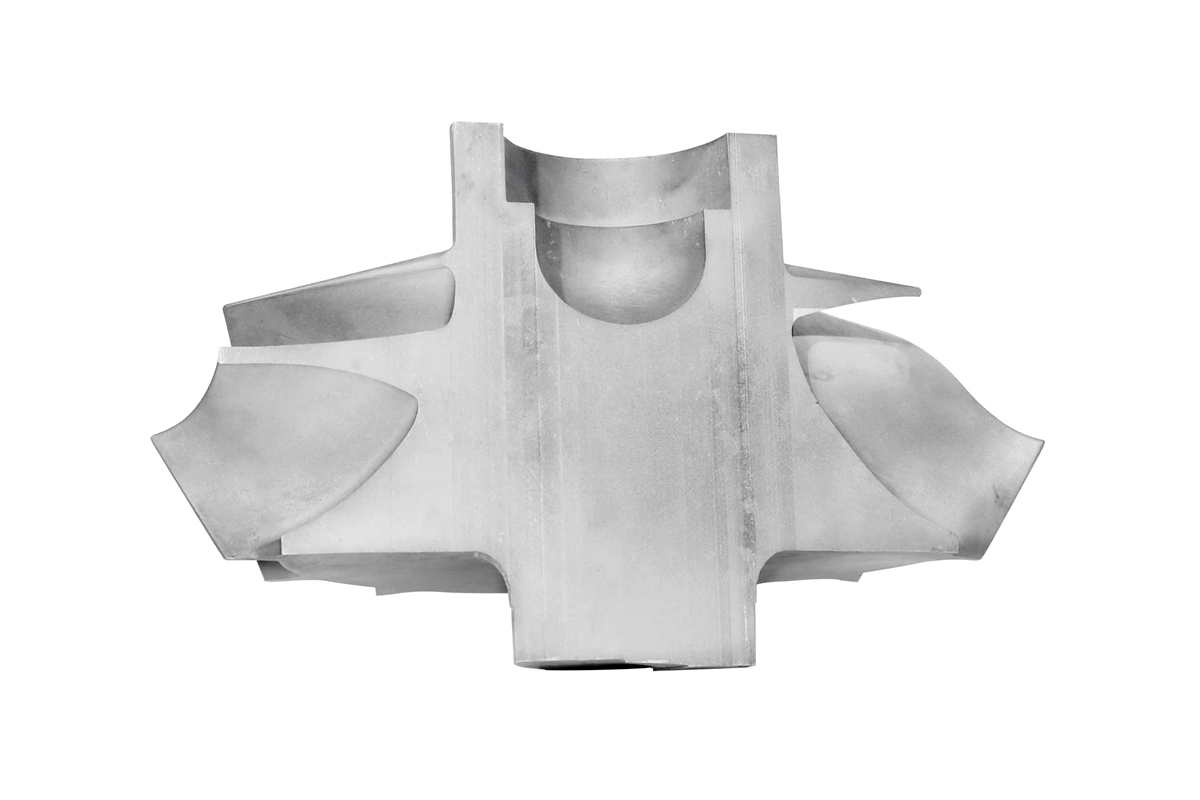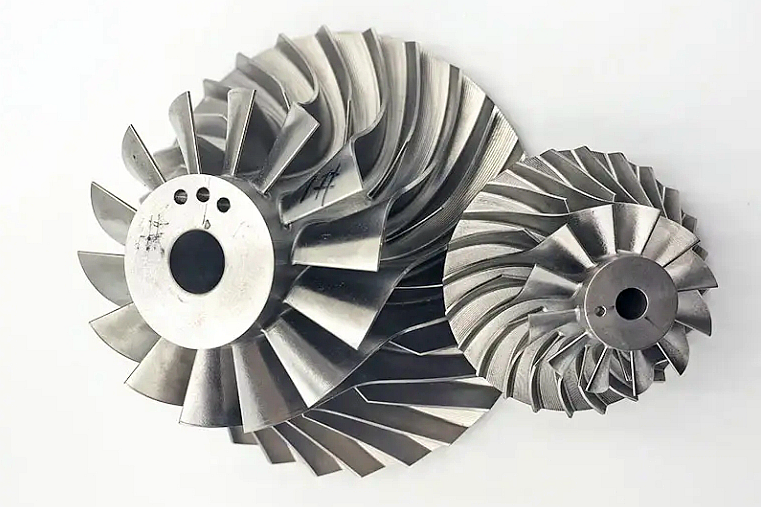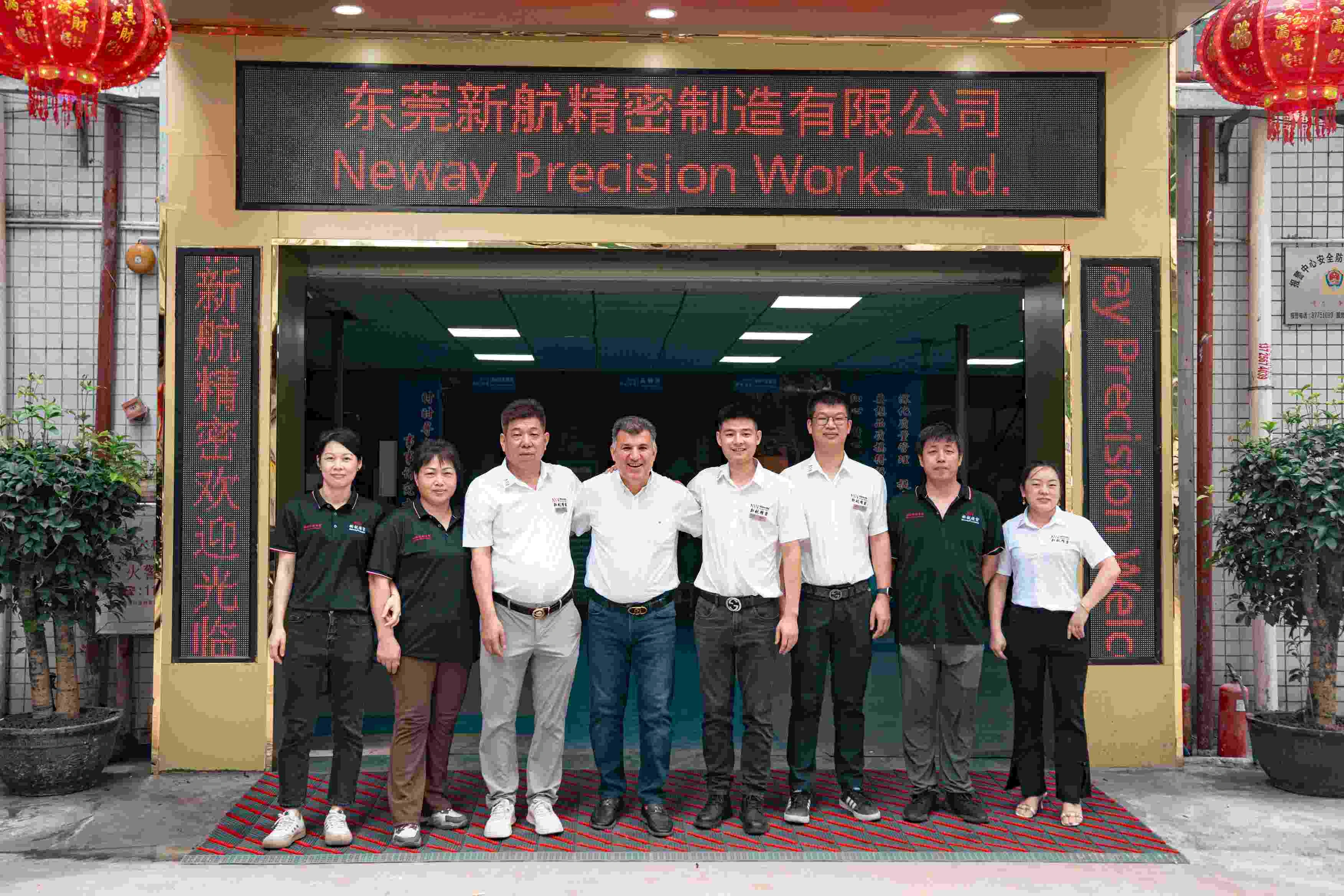Defect Control and Quality Inspection Standards for Equiaxed Crystal Castings
Introduction
In recent years, industries such as aerospace, power generation, nuclear energy, and hydrogen technology have steadily raised the bar for high-performance casting quality. With global regulatory standards tightening and OEMs enforcing stricter certification frameworks like AS9100 and NADCAP, manufacturers must elevate their defect control and inspection practices.
From my vantage point as an engineer deeply involved in superalloy casting projects, I have witnessed firsthand how quality expectations for equiaxed crystal castings have evolved. It is no longer sufficient to rely on conventional inspection. A robust, data-driven defect control strategy—combined with advanced testing methods—is essential to meet the performance demands of today’s critical components.
In this article, we will systematically explore defect control methodologies and industry inspection standards for equiaxed crystal castings, based on engineering best practices and recent technological advancements.
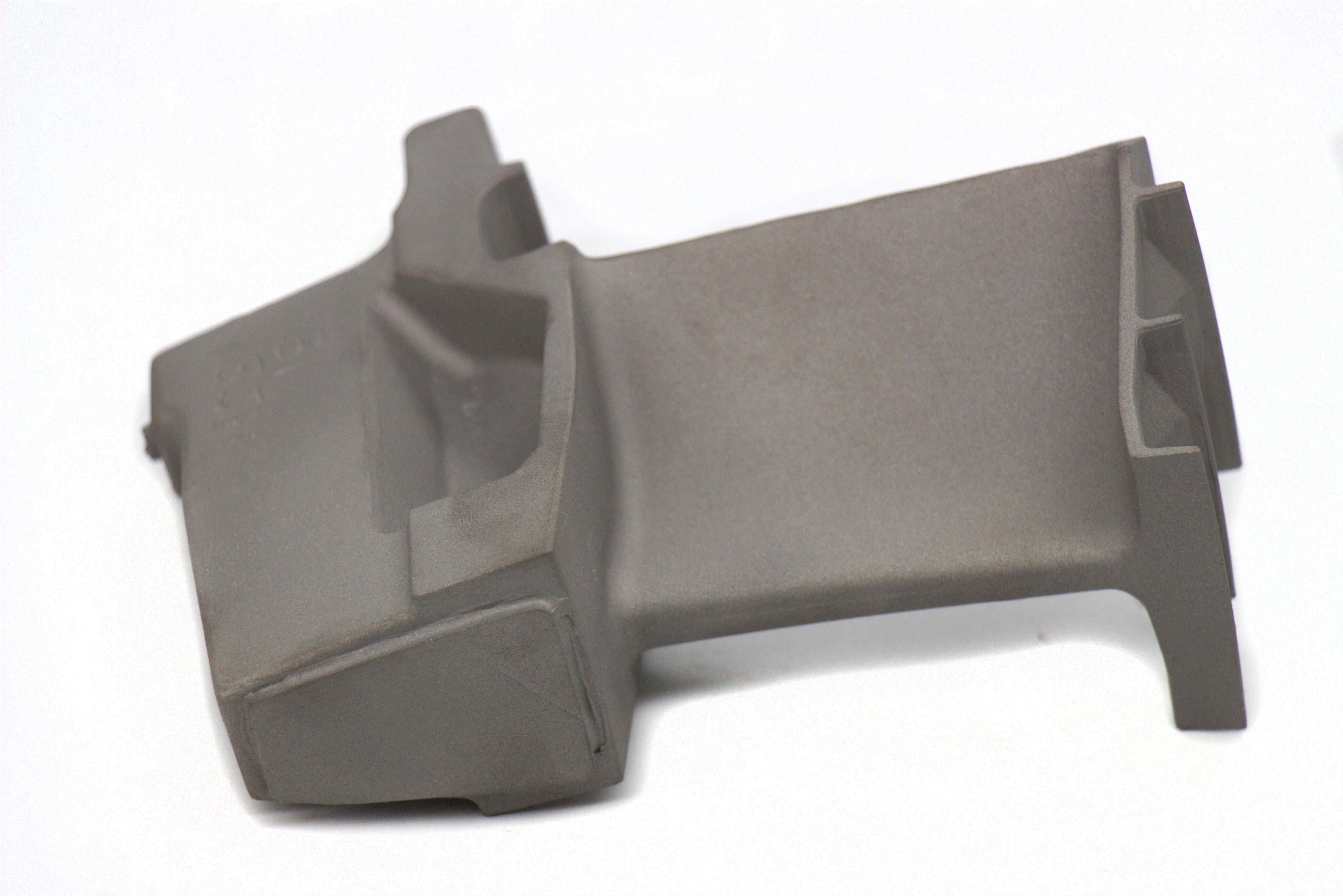
Understanding the Equiaxed Crystal Casting Process
Equiaxed crystal casting aims to produce components with fine, uniformly distributed grains oriented randomly. This grain structure grants isotropic mechanical properties, well-suited to components exposed to complex thermal and mechanical loads.
In modern applications, vacuum investment casting is the most effective process to achieve this structure while maintaining high alloy purity and dimensional precision. The latest innovations in Vacuum Investment Casting enable the production of equiaxed castings for demanding aerospace, turbine, and chemical processing components.
Compared to directional or single-crystal casting, equiaxed crystal casting offers greater cost-efficiency and flexibility. However, achieving consistent quality in such castings requires proactive defect control.
Common Defects in Equiaxed Crystal Castings
Let us examine the typical defects encountered in equiaxed castings. Understanding their root causes is key to controlling them effectively.
Shrinkage Porosity
Shrinkage porosity arises when molten metal fails to compensate for volume contraction during solidification. Improper feeding design and uncontrolled cooling rates are common culprits. Such porosity compromises mechanical strength and fatigue life.
Gas Porosity
Gas porosity stems from dissolved gases (hydrogen, nitrogen, oxygen) that evolve during solidification. Inadequate degassing, turbulent pouring, or contamination of mold materials can exacerbate this issue.
Inclusions
Non-metallic inclusions—such as oxides or ceramic particles—originate from contamination during melting or reactions between molten alloy and mold materials. These inclusions act as stress concentrators and significantly impair fatigue performance.
Hot Tearing
Hot tearing, or solidification cracking, results from tensile stresses that exceed alloy ductility in the mushy zone. Alloy composition, mold constraints, and thermal gradients all influence hot tearing susceptibility.
Surface Defects
Surface defects, including roughness variations, cold shuts, and misruns, often arise from improper mold coating, inadequate venting, or unstable metal flow. These defects affect dimensional accuracy and surface integrity.
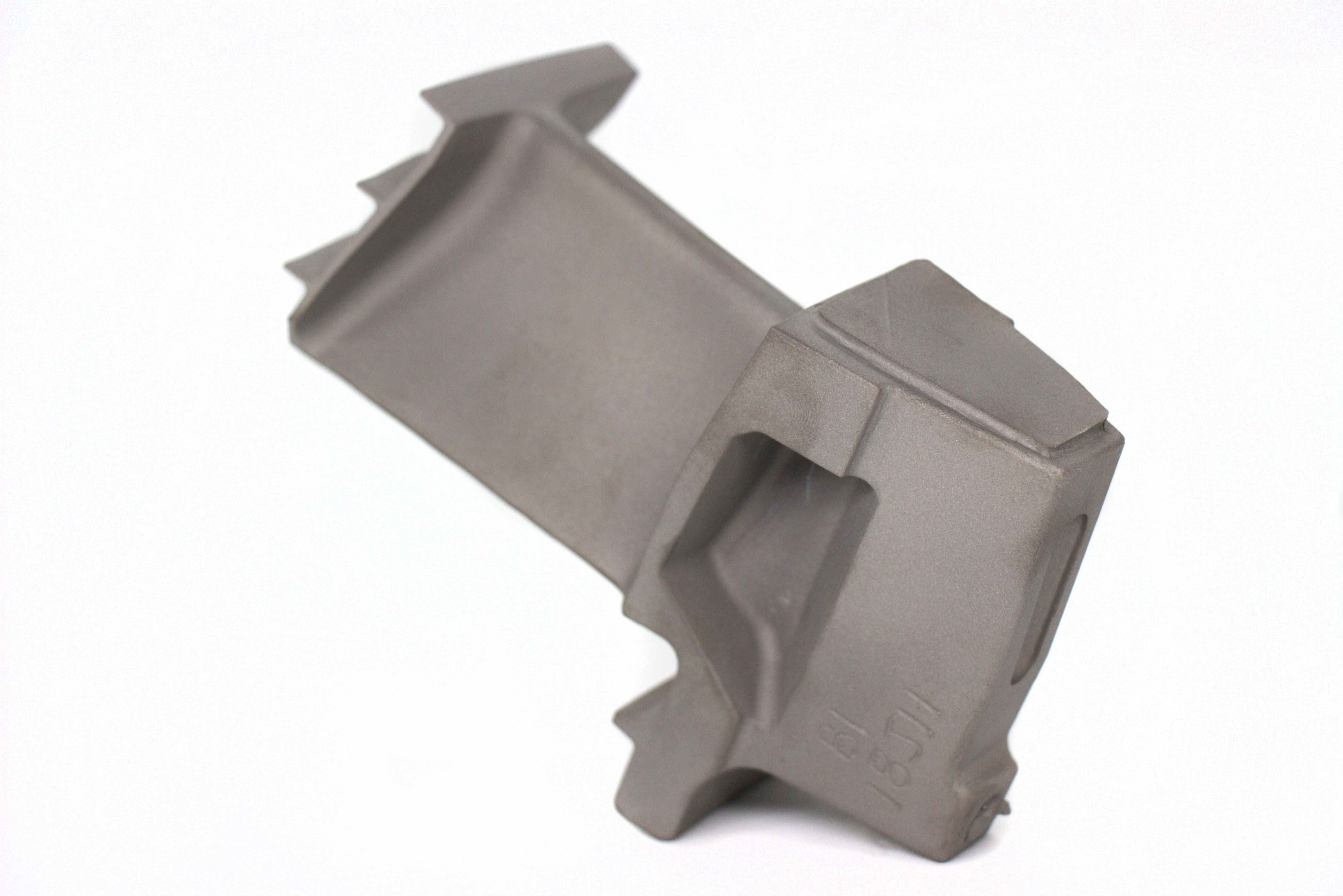
Defect Control Strategies
Controlling defects begins with a deep understanding of casting process variables. In practice, engineers like me apply a combination of design optimization, process control, and post-casting treatments.
Process Design Optimization
Advanced simulation tools enable virtual optimization of gating and riser systems to promote directional solidification and prevent shrinkage porosity. Alloy chemistry adjustments (such as grain refinement using rare earth elements) also contribute to improved structure.
Vacuum Melting and Pouring Control
Maintaining a clean vacuum environment is critical. Proper degassing and low-turbulence pouring minimize gas entrapment. Emerging techniques such as low-pressure differential pouring further enhance defect control in complex geometries.
Predictive Modeling and AI Integration
We increasingly rely on predictive modeling using software platforms like ProCAST and MAGMA. These tools simulate solidification behavior and help identify areas prone to defects. AI-driven optimization is an exciting frontier, enabling adaptive process tuning based on real-time data.
Post-casting Treatments
Post-casting processes, particularly Hot Isostatic Pressing (HIP), are indispensable for eliminating internal porosity and homogenizing microstructures. I’ve seen HIP consistently enhance fatigue life and creep resistance in aerospace-grade equiaxed castings.
Quality Inspection Standards and Methods
In today’s regulatory landscape, defect control must be validated through rigorous inspection aligned with international standards.
International Standards Overview
The following standards guide quality expectations for equiaxed crystal castings:
AS9100: Aerospace Quality Management System
NADCAP: Accreditation for special processes, including casting and NDT
ISO 8062: Casting dimensional tolerances
ASTM E192, E446, E155: Reference radiographs for steel and nickel alloy castings
These standards form the framework for inspection protocols adopted across industries.
Non-destructive Testing (NDT) Techniques
Let’s explore the NDT methods commonly used to verify casting integrity.
X-Ray Inspection
Radiographic testing (RT) is highly effective for detecting internal porosity, shrinkage cavities, and inclusions. Modern digital X-ray systems achieve sub-millimeter resolution. For detailed guidance, see X-ray Checking.
Ultrasonic Testing
Ultrasonic testing (UT), particularly immersion ultrasonic techniques, is essential for evaluating wall thickness, detecting planar defects, and ensuring overall homogeneity. The article on Water Immersion Ultrasonic Inspection provides valuable insights into its capabilities.
CT Scanning
Computed Tomography (CT) scanning is gaining widespread use for high-value aerospace and nuclear components. It offers full 3D volumetric analysis with micron-level defect detection. For advanced applications, see Line Array Industrial CT.
Metallographic Analysis
Destructive testing through metallography provides microstructural verification, including grain size, phase distribution, and inclusion rating. Procedures are guided by standards such as ASTM E3 and ASTM E112. Further reference is available in Metallographic Microscopy.
Mechanical Testing
Mechanical properties are verified through tensile, fatigue, and creep testing. Sampling locations are carefully chosen to reflect critical stress regions. Testing is performed in accordance with ASTM E8 (tensile), ASTM E466 (fatigue), and relevant creep standards.
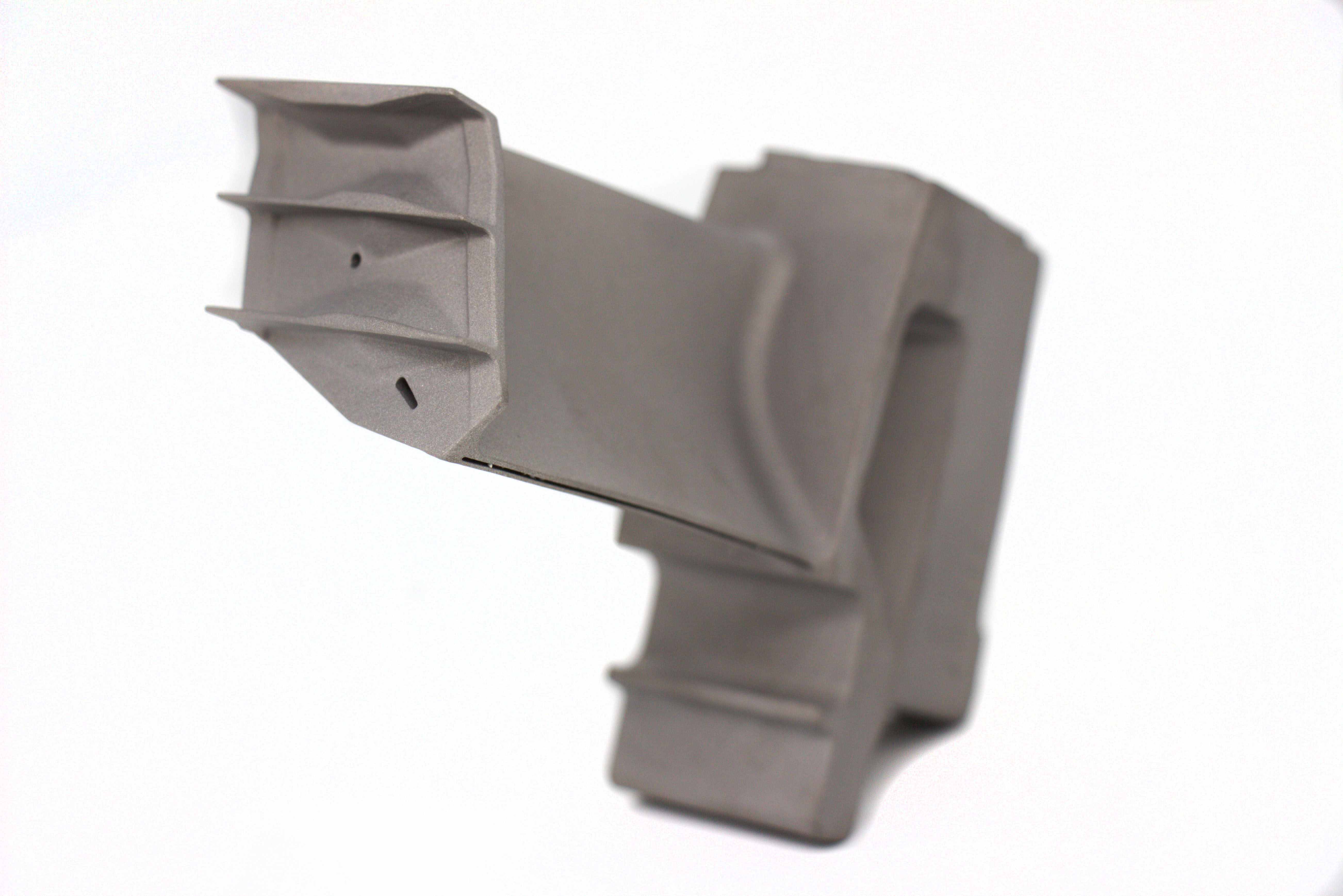
Chemical Composition Verification
Ensuring alloy chemistry consistency is critical for meeting design performance. Techniques such as GDMS Checking and ICP-OES are used for high-precision elemental analysis.
Here is a summary of commonly applied inspection methods:
Inspection Method | Typical Application | Relevant Standard / Reference |
|---|---|---|
X-Ray Inspection | Internal porosity, shrinkage, inclusions | ASTM E155, E446 |
Ultrasonic Testing | Planar defects, thickness measurement | ASTM E2375 |
CT Scanning | Full 3D defect mapping, complex geometries | ASTM E1570, industry-specific |
Metallographic Analysis | Grain size, phase analysis, inclusion rating | ASTM E112, E3 |
Mechanical Testing | Tensile, fatigue, creep properties | ASTM E8, E466 |
Chemical Composition (GDMS, ICP-OES) | Alloy chemistry verification | ASTM E1476, ASTM E716 |
Case Studies and Best Practices
As an engineer, I’ve found that the most valuable insights often come from practical experience. Let’s explore a few case studies that illustrate how defect control and inspection standards are implemented in real-world equiaxed crystal casting projects.
Aerospace Turbine Blade Project
In a recent aerospace turbine blade program, our team faced the challenge of reducing internal porosity levels below NADCAP-accepted thresholds. After extensive simulation-driven redesign of the gating system, combined with optimized vacuum pouring, initial porosity levels were cut by 65%.
Further post-processing using Hot Isostatic Pressing (HIP) elevated the fatigue life of the blades by over 40%. CT scanning verification aligned with Line Array Industrial CT confirmed defect elimination down to the 50-micron level. This program successfully met both AS9100 and NADCAP requirements for delivery to an aerospace OEM.
Power Generation Components
In another project for a next-generation gas turbine combustor liner, equiaxed castings of Inconel 738 required both high thermal fatigue resistance and dimensional precision.
A key learning here was the value of consistent Vacuum Investment Casting environments, paired with predictive solidification modeling. X-ray inspection, as outlined in X-ray Checking, helped us maintain consistent internal quality across large production batches.
Thanks to tight control of gas content and casting parameters, the components exceeded OEM thermal fatigue life targets by 15%.
Chemical Processing Pumps
Equiaxed crystal castings are increasingly used in chemical pumps due to their corrosion resistance and mechanical integrity. In one project involving Hastelloy C-22 pump housings, the main challenge was to control inclusion levels to meet ISO 8062 Class 2 cleanliness.
Through melt practice refinement and optimized mold coatings, verified by Metallographic Microscopy, we achieved excellent surface finish and internal purity. Dimensional consistency across multiple production runs was also validated using 3D scanning techniques.

Future Trends in Defect Control and Inspection
Looking ahead, several trends are set to reshape how we approach defect control in equiaxed crystal casting.
Digital Twins and Predictive Quality
One of the most exciting frontiers is the development of digital twins for casting processes. By creating a virtual representation of each casting operation, we can simulate solidification, predict defect hotspots, and track process deviations in real time.
Such models integrate inputs from sensors embedded in casting equipment, enabling adaptive control loops. In critical aerospace and energy applications, digital twins are evolving into indispensable tools for achieving first-pass yield excellence.
AI-enhanced Inspection
Artificial intelligence is beginning to transform inspection itself. Machine learning models trained on thousands of defect images can now classify X-ray and CT scan data with speed and accuracy surpassing manual methods.
In my experience, AI-based anomaly detection is especially valuable when dealing with complex geometries where traditional inspection struggles. This will become a vital part of quality systems in the coming years.
Sustainability-driven Process Innovation
Sustainability is influencing every aspect of manufacturing, including casting. Modern Vacuum Investment Casting operations are adopting low-emission melting technologies, closed-loop alloy recycling, and more efficient shell systems to minimize environmental impact.
Furthermore, defect control directly contributes to sustainability: fewer defects mean fewer rejected parts, less rework, and more efficient material usage.
Expanding Standards and Global Harmonization
Another emerging trend is the global harmonization of defect standards. Aerospace primes and energy OEMs are increasingly aligning their quality frameworks, incorporating requirements from AS9100, NADCAP, ISO, and ASTM standards.
We as engineers must stay current with this evolving regulatory landscape and ensure our processes meet the latest benchmarks. In many programs I’ve supported, early engagement with OEM quality teams has proven invaluable in achieving compliance and avoiding late-stage surprises.
Final Thoughts and Recommendations
Defect control in equiaxed crystal casting is both a science and an evolving craft. While today’s standards and methods are robust, the demands of next-generation components continue to push us toward greater precision and reliability.
From my perspective in the engineering trenches, here are the key takeaways:
Defect prevention always starts with process understanding—simulation, predictive modeling, and meticulous control of casting variables are your foundation.
Post-processing, particularly HIP and heat treatment, remains indispensable for achieving aerospace and energy-grade quality.
Inspection must go beyond compliance—it should be a proactive partner in driving continuous process improvement. Techniques like CT Scanning and AI-based analysis are game changers.
Stay agile—embrace digital twin technologies and AI tools to future-proof your quality systems.
Collaboration with OEMs and certification bodies is key. Early alignment on defect acceptance criteria prevents costly rework down the line.
Ultimately, delivering defect-free equiaxed crystal castings is a journey of relentless refinement. With the right tools, data, and mindset, we can continue to push the boundaries of what’s possible, creating components that meet not only today’s standards but tomorrow’s ambitious visions.
FAQs
What are the most common defects in equiaxed crystal castings?
How does Hot Isostatic Pressing (HIP) improve casting quality?
What international standards govern the inspection of equiaxed castings?
How is AI being used in defect detection for cast components?
What industries require the highest quality standards for equiaxed castings?
